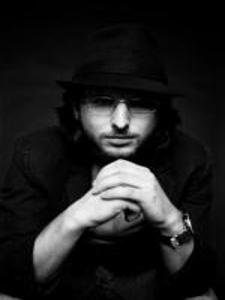James P. Hendrie - 2020 OSE Best Dissertation Award Winner
Departmental News

Posted: May 12, 2020
James Hendrie's academic tenure in the Optical Science and Engineering, (OSE) program demonstrated excellence. In 2012, he graduated with his Bachelor of Science degree from Indiana University in Physics. In the fall of that same year, he was admitted to the PHD program in Optical Science and Engineering. In May of 2015, James received his MS degree in Optical Science and Engineering.
While in the OSE program, Jim held several positions of leadership in student organizations. These positions included being the President of the Physics Graduate Student Association and being the Physics and Astronomy Department's representative to the UNM Graduate and Professional Student Association, (GPSA). Jim received the GPSA President's award for Innovative Leadership. Moreover, Jim served as a graduate student lobbyist in both Santa Fe, NM and Washington, D.C. for the Optical Society Association, (OSA) national photonics initiative.
James researched in the laboratory of Professor Jean Claude Diels. While in Dr. Diels's group, his list of refereed journal articles including refereed conference proceedings was over ten, (10) publications. James graduated with his PHD degree in Optical Science and Engineering with distinction in December of 2019. His dissertation manuscript was titled "Tailored Frequency Comb Structures and Their Sensing Applications." The focus of his thesis was on the development and investigation of nested cavity mode-locked lasers and their resultant tailored frequency combs.
Dr. James Hendrie is currently working as a Postdoctoral Associate at the National Institute of Standards and Technology, (NIST) through the University of Colorado. His current research at NIST focuses on modeling and construction of stable cavities for portable atomic clocks.
